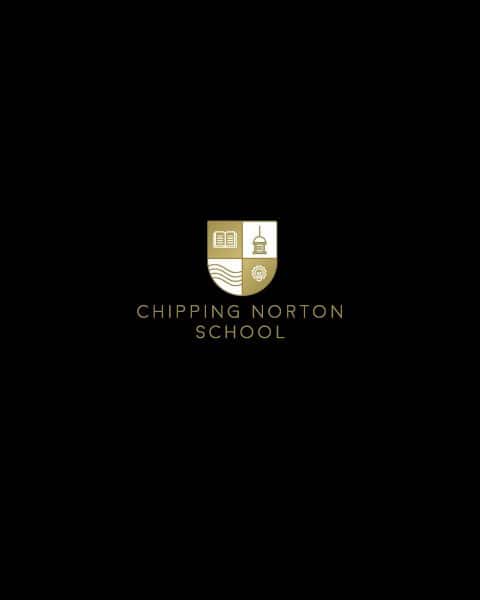In 2021/22, Chipping Norton School students benefited from additional grants designed to support the engagement and achievement of students adversely affected by the pandemic.
The Recovery Grant (£19,575) proved a valuable source of additional income and enabled the school to employ a pastoral leader in each year group, in addition to both a vulnerable learners coordinator and a family support worker. Whilst the grant provided a small amount towards these costs, it was nonetheless extremely helpful in enabling the school to secure bespoke support for our most vulnerable students and their families.
In 201/22, the School Led Tutoring Grant provided up to £20,858 of additional funding, of which £8,363 was used and £12,487.50 returned to the DfE.
We made the decision to target the bulk of this funding with additional maths or English tutoring (via Mannings Tutors – NTP recognised) once the year 11 mock examination data was collected and analysed by December 2021.
This data established that no additional tutoring for year 11 students in English was considered strictly necessary given the meticulous plans created by the English department to secure achievement for all students in both English Language and English Literature. Furthermore, whilst additional tutoring may have benefited some we judged, on balance, that full engagement with in-house provision, including after school masterclasses, was preferable to additional and potentially conflicting or confusing external provision that may or may not have perfectly complemented mainstream provision. This explains our decision to focus English intervention with year 9 and 10 students.
Our analysis of the mock examination data for mathematics nonetheless led to the conclusion that additional and external provision would have marked benefits for a carefully identified number of year 11 students. In addition to quality first maths teaching, support from the maths Learning Support assistant, the bespoke revision programme, and after school maths clinics, we judged that a parallel online provision would be helpful. Over the course of the academic year, seven year 11 students received seventy-six hours of online Maths tuition. The tutor liaised directly with the Head of Mathematics to ensure the bespoke needs of the individual students were met. Students received weekly online tuition sessions either individually or in small groups (2:1 ratio).
Furthermore, in the summer term, eighteen students from years 9 and 10 received English tuition specialising in enhancing knowledge and understanding of the English Language GCSE. The students received two hours of tutoring each week; either on one to one or in small groups of two or three.
Also in the summer term, a carefully selected group of ten severely absent students across years 7 to 10 embarked on an intensive re-engagement tutoring programme in core subjects. Students received on average ten hours of online tuition each week across English, maths and science. Each student received specialist one to one tuition via Manning’s Tutors in each subject. Most of this taking place in school, within a supportive environment. Of the students who took part, eight out of ten students fully engaged with this programme. As a result, their attendance in school increased and students demonstrated improved re-engagement within these core subjects.
These decisions proved sensible and reasonable given the outcomes achieved by students in their GCSEs in 2022. On the whole, we are satisfied that the decisions made on supporting our students were sound when their 2022 GCSE results are considered.
Starting with attainment:
- Our overall Attainment 8 (A8) score in 2022 was 55.7, up from 48.4 in 2019. Amongst students eligible for the Pupil Premium the figure was 45.7 in 2022, compared to 35.6 in 2019 and 26.9 in 2018.
- Regarding English and comparing 2019 to 2022: Within the 4-9 pass rate, the figure rose from 82% to 87%; within 5-9 from 62% to 70%; within 7-9 from 30% to 51%.
- Regarding Maths and comparing 2019 to 2022: Within the 4-9 pass rate, the figure rose from 83% to 92%; within 5-9 from 70% to 82%; within 7-9 from 22% to 34%.
Moving on to progress:
- Progress 8 (P8) for all students in 2022 was 0.25; up from -0.09 in 2019. Amongst students eligible for the Pupil Premium, their 2022 P8 score was -0.15 and therefore significantly higher than in both 2018 (-0.98) and 2019 (-0.58). Furthermore, the separate English and maths elements of Progress 8 (0.41 and 0.38) were both significantly above national and in the highest 20% in 2022.


